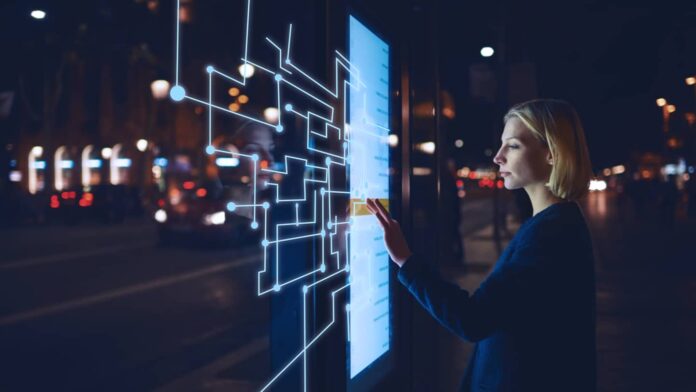Computer-based human-made reasoning can work more like human knowledge when customized to utilize a lot quicker learning method. These state two neuroscientists planned a particularly model intended to reflect human visual learning.
In the diary Frontiers in Computational Neuroscience, Maximilian Riesenhuber, Ph.D. teacher of neuroscience at Georgetown University Medical Center, and Joshua Rule, Ph.D., a postdoctoral researcher at UC Berkeley, clarify how the new methodology boundlessly improves the capacity of AI programming to learn new visual ideas rapidly.
Their model gives an organically viable approach to fake neural organizations to take in new visual ideas from few models, says Riesenhuber. “We can get computers to gain much better from not many models by utilizing earlier learning such that we think mirrors what the cerebrum is doing.”
People can rapidly and precisely take in new visual ideas from scanty information ¬-at times a solitary model. Indeed, even three-to four-month-old children can, without much of a stretch, figure out how to perceive zebras and recognize them from felines, ponies, and giraffes. Be that as it may, PCs regularly need to “see” numerous instances of a similar item to understand what it is, Riesenhuber clarifies.
The vast change required was planning to program to recognize connections between whole visual classes, rather than attempting the more standard methodology of distinguishing an article utilizing just low-level and middle of the road data, for example, shape and shading, Riesenhuber says.
The computational force of the brain’s pecking orderlies can disentangle learning by utilizing recently took in portrayals from a databank, figuratively speaking, brimming with ideas about items.
Riesenhuber and Rule found that fake neural organizations speak to objects as far as recently scholarly ideas learned new visual ideas practically quicker.
The Rule clarifies that instead of learning elevated level ideas regarding low-level visual highlights, our methodology defines them as other significant level ideas. It resembles saying that a platypus looks somewhat like a duck, a beaver, and an ocean otter.
The cerebrum engineering fundamental human visual idea learning expands on the neural organizations associated with object acknowledgment. The cerebrum’s original worldly projection contains “theoretical” idea portrayals that go past shape. These complex neural orders for visual exposure permit people to learn new assignments and, critically, influence before learning.
By reworking on these ideas, you can all the more effectively learn new ideas, new significance, such as how a zebra is just a pony of an alternate stripe.
Regardless of advances in AI, the human visual framework is the best quality level as far as summing up from few models, powerfully managing picture varieties, and grasping scenes, the researchers state.
Their discoveries do not just propose methods that could help Computers adapt rapidly and proficiently; however, they can likewise prompt improved neuroscience tests pointed toward seeing how individuals adapt so rapidly, which isn’t yet indeed known.
Follow and connect with us on Facebook, Linkedin & Twitter

